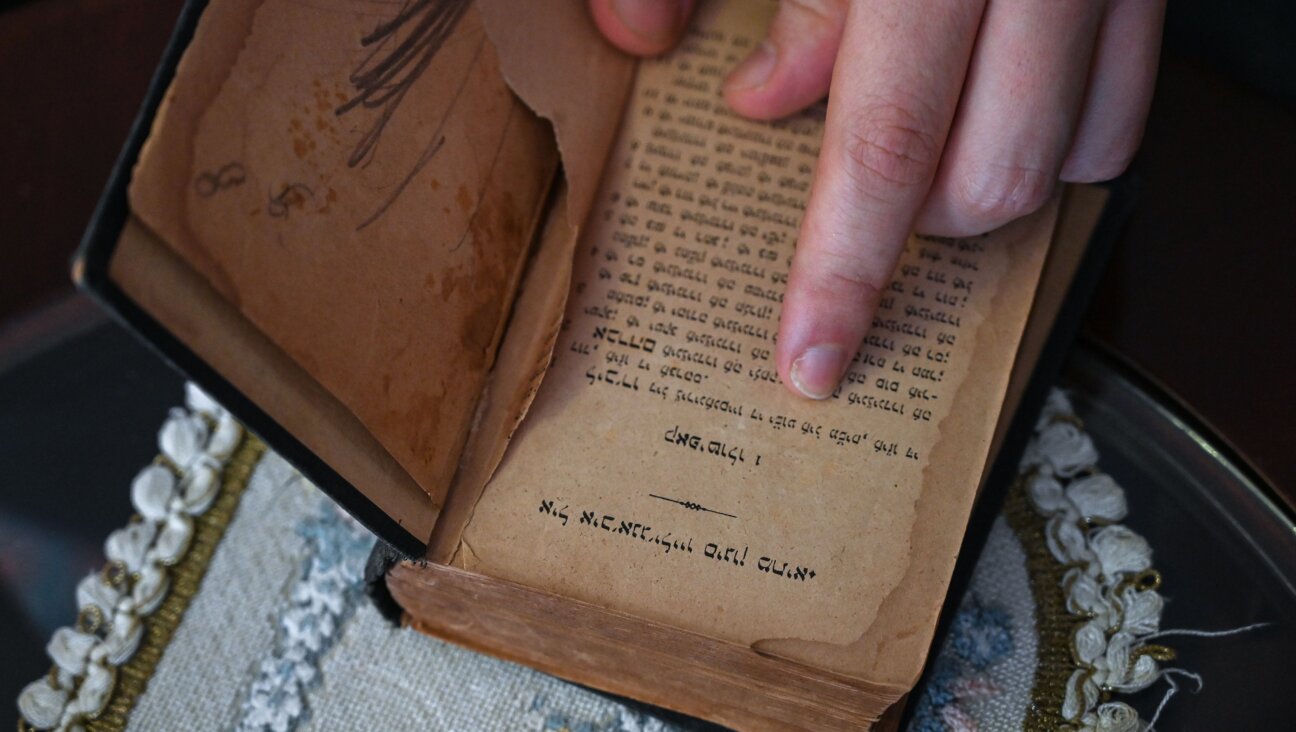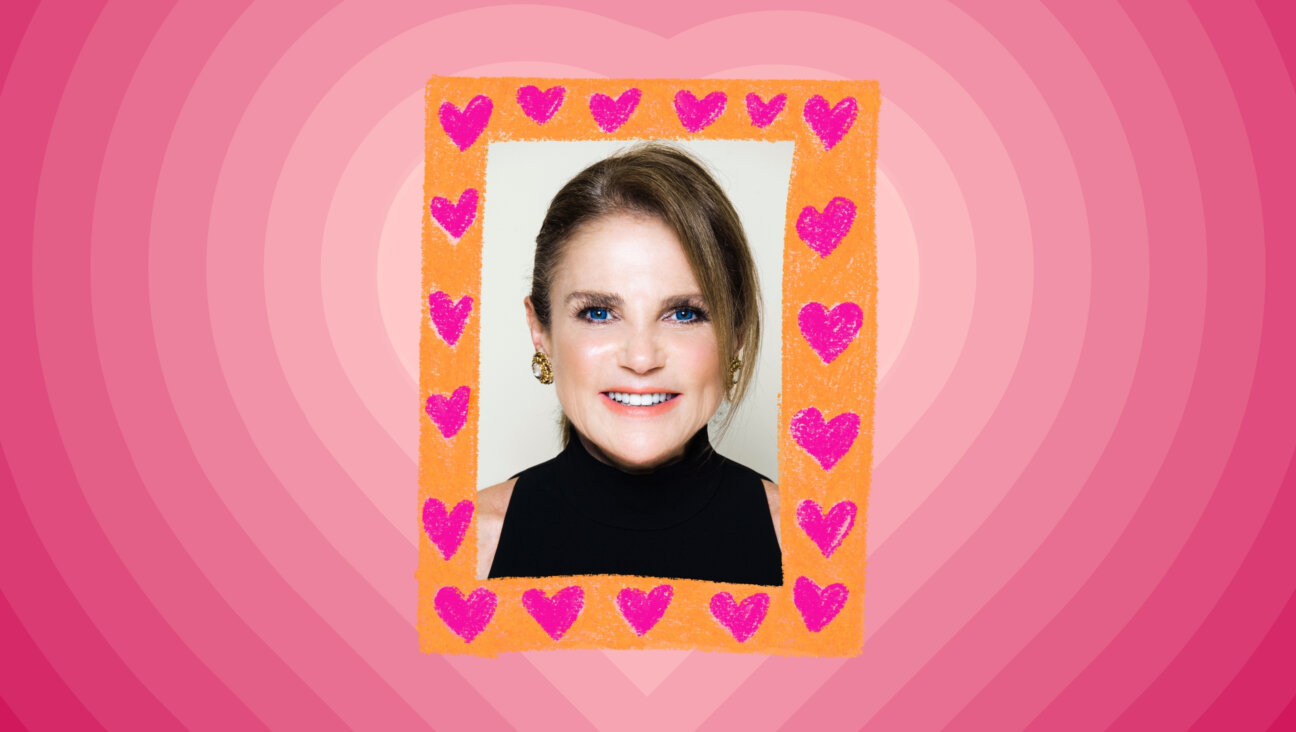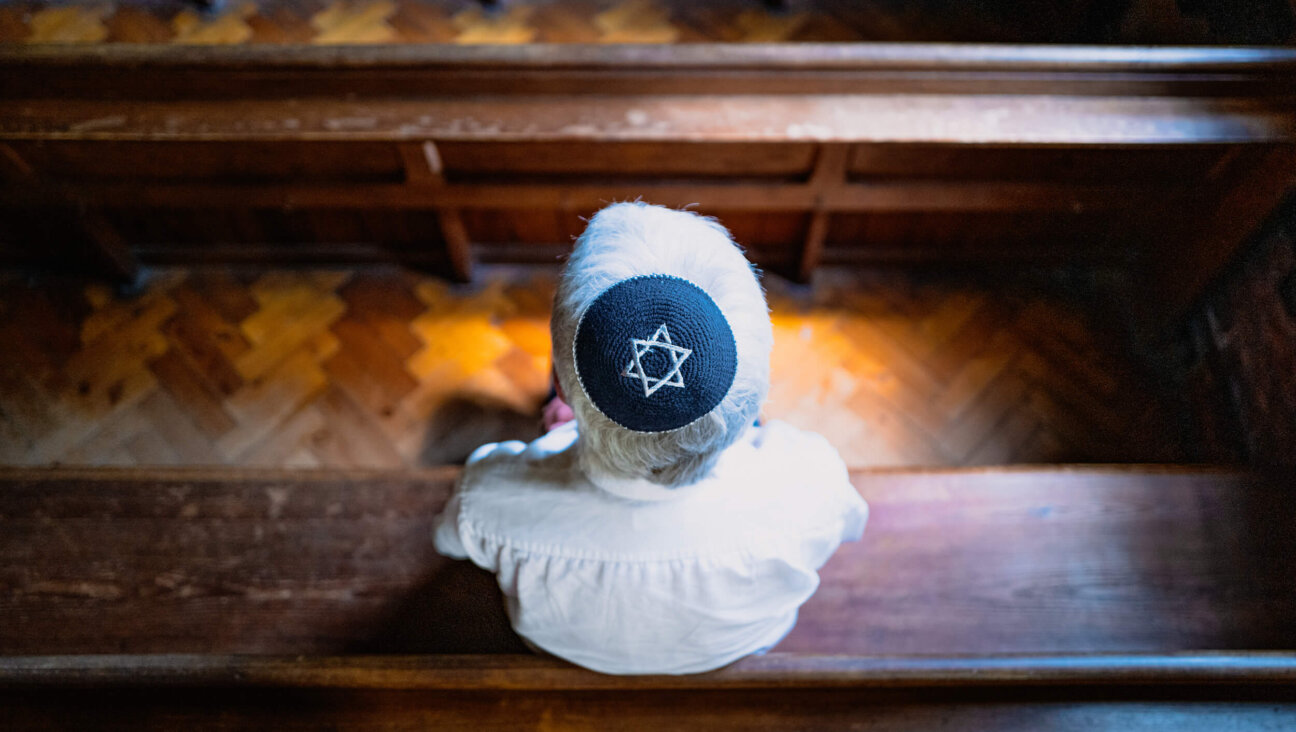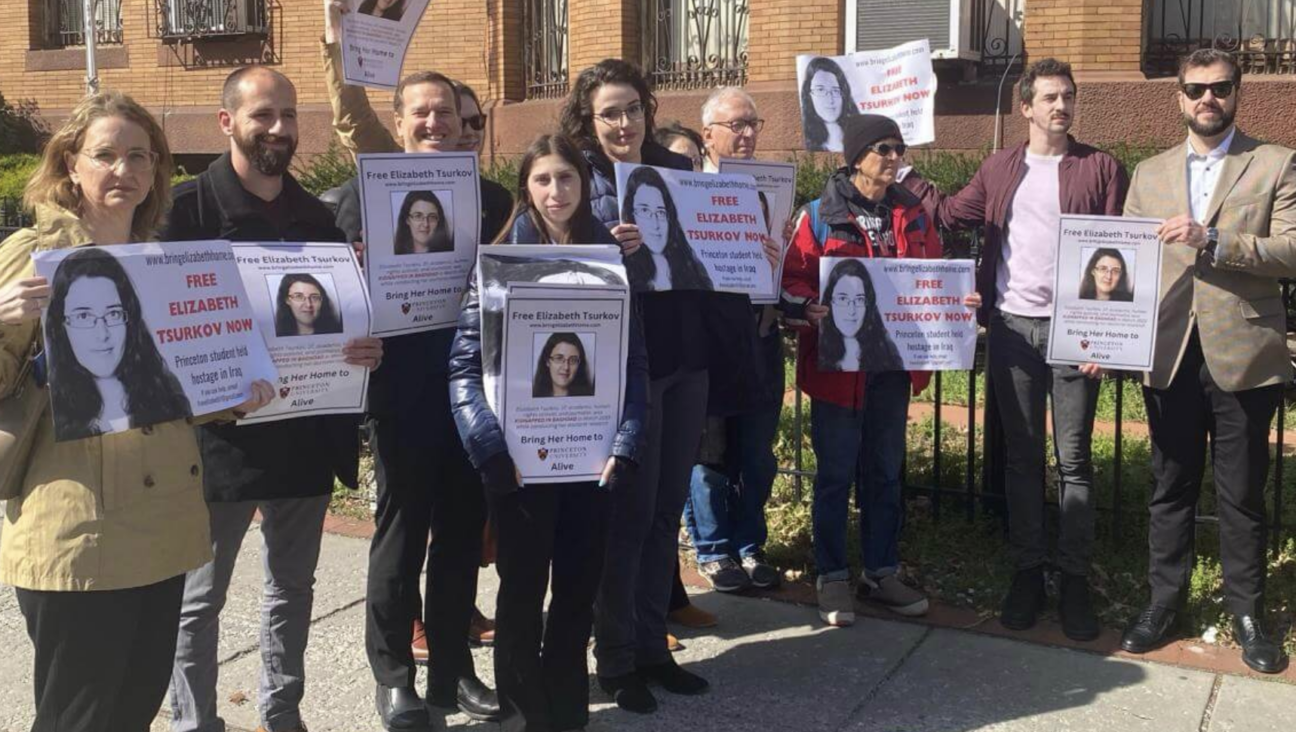Dying Real

Image by ILLUSTRATION MARY ANN ZAPALAC
In the Oscar-winning movie “Departures,” Yojiro Takita shows traditional Japanese customs for preparing bodies for casketing prior to cremation. The art is beautiful, precise and utterly respectful of the deceased. From the very first scene, however, the movie-going audience’s expectations of the “traditional” are ruffled. First, the film shows a contemporary Japanese society in which rather than family members, professionals hired by the funeral parlor prepare the body. Second, the lovely young woman being prepared for burial is revealed to have elements of male anatomy.

Image by ILLUSTRATION MARY ANN ZAPALAC
After a discreet moment of surprise, the “casketers” offer the family a choice: Which way shall we make up the deceased, as a man or as a woman? The family honors the life of the deceased by choosing to prepare her as a woman. After the service, the father bows before the casketers in gratitude for restoring the memory of his child’s smile, lost during many years of family estrangement. Restoration of the smile allowed the father to recognize that happiness was found through her life’s choices.
Traditional Jewish tahara (ritual preparation of a body for burial) does not offer a gender choice; the sex of a body is determined by the appearance of the genitals, and gender is assumed to map directly to sex. Men prepare males for burial; women prepare females. While tachrichim (shrouds) are simple garments, there are minor gender differences. Male bodies are buried in shrouds designed for men. If the scenario from “Departures” had taken place in a Jewish funeral home, with a Jewish woman revealed in death to have male genitals, tradition dictates that the woman would be prepared by men and dressed in a male shroud.
If a person who lived a female life is buried as a man, no one will see, since only the burial society and the next of kin see the body from the time of death until the time of interment. Nevertheless, tradition seems to point in the wrong direction: Disavowing a female role dishonors the life of the deceased. The highest ethic of the burial society is kavod ha-meit/meitah (honor the male or female deceased), but in the scenario I have proposed, tradition would trump honor.
Death may come suddenly. What if a person has no time to set the expectations of the community for the unique requirements of a body? Can a family that rejected a person’s choices during life dictate the burial and funeral rituals undertaken at the time of death? Since in many states, sex-changed partners are allowed to marry heterosexually, it is also possible that the legal wife of a transsexual man might lose any right to communally mourn a lifelong partnership once the deceased is revealed to be transgender. What if a religious family undertook the burial of a not-so-religious child? Whose wishes take priority?
One of the goals possible for a transgender life is to be viewed as “real” — to be seen as a “real boy,” like Pinocchio. What will it take for transgender individuals to die real — recognized as the gender they lived?
Tradition can be kinder than it appears. Burial societies operate with a surprising amount of autonomy. While rabbinic authorities are often consulted to guide the tahara team onsite during difficult decisions, the rabbi most intimate with the family is often engaged with the surviving family members. Because of a history of condemnation rooted in the biblical prohibitions against cross-dressing and inducing sterility, the rabbi will likely not be privy to the gender status of the deceased. So when the time arrives for a decision about how to handle such a body, the team must make its own decision, while holding fast to the ethic of kavod ha meit. Given the autonomy of the burial society and the ethic of kavod ha meit, it is unlikely that a person who lives an entire life in a gender other than the one he or she was assigned at birth will have the accomplishments of that life dishonored at death. While the official position of tradition suggests intolerance, local custom and the relative autonomy of the burial society can provide opportunities for humane, appropriate treatment of gender-variant bodies.
Earlier this year, at Kavod v’Nichum (Hebrew for “honor and comfort”), the annual conference for burial societies, I met Lynn Greenhough, one of the organization’s founding members and the wife of a transgender man. Greenhough has a dozen years of experience as a member of a burial society; she’s seen many faces of death, and she has seen the principle of kavod ha-meit operating in many challenging situations. Greenhough assured me that while each Hevra Kadisha (“burial society”) operates according to tradition and is guided by a community’s customs, all bodies are treated with respect. Even so, education, living wills and other legal documentation help prepare members of burial societies for unique bodies. For burial societies, education about transgender bodies might have ramifications for the living as well as for the deceased: Education about compassion for human differences at the end of life might help transgender Jews be more accepted during their lives.
Gay Grief
On August 1, two Israelis were shot and killed at a drop-in center for gay, lesbian, bisexual and transgender youth. The press carried stories about the Tel Aviv center being a safe space for teenagers who had not yet found the spiritual strength to disclose their G,L,B or T identity to their parents.
Memorial services were held for Nir Katz, 26, and Liz Trubeshi, 16, in communities across the globe, but I found myself wondering about Liz’s funeral. About Nir’s. Were their bodies reverenced as other Jewish children’s bodies would have been? I thought about the grief of family members, but I also wondered if either one of the deceased had friends who were excluded. I wondered if the identities of the deceased were commemorated at their funerals — in Nir’s case, as a gay man who counseled others in the coming-out process, and in Liz’s, as an ally to the GLBT community, with many queer friends. I read with sorrow the report stating that after hearing where the attack had taken place, the parents of one young man would not visit him at the hospital where he lay injured.
As members of GLBT communities live Jewish lives across the spectrum of Jewish practice, we build compassion by focusing on similarities between our lives and the lives of other Jews. We, too, get married and raise children and work at our jobs. Throughout our lives, we support our communities. We age; our spouses die. We grieve.
Here is where the similarities end. While all deaths and family mourning are unique, transgender bodies and gay grieving tell a more complicated story, a story that cannot be covered over by efforts to assimilate our lives in heterosexual, gender-normative communities. While normative expectations may paper over some differences during our lifetime, our death and our mourning sing of our differences. Let that song not be solely a lamentation, but a Kaddish exulting in the diversity of lives our God created.
Noach Dzmura edited “Balancing on the Mechitza: Transgender in Jewish Community”(North Atlantic Books), now available for pre-order on Amazon.
A message from our Publisher & CEO Rachel Fishman Feddersen

I hope you appreciated this article. Before you go, I’d like to ask you to please support the Forward’s award-winning, nonprofit journalism so that we can be prepared for whatever news 2025 brings.
At a time when other newsrooms are closing or cutting back, the Forward has removed its paywall and invested additional resources to report on the ground from Israel and around the U.S. on the impact of the war, rising antisemitism and polarized discourse.
Readers like you make it all possible. Support our work by becoming a Forward Member and connect with our journalism and your community.
— Rachel Fishman Feddersen, Publisher and CEO






















